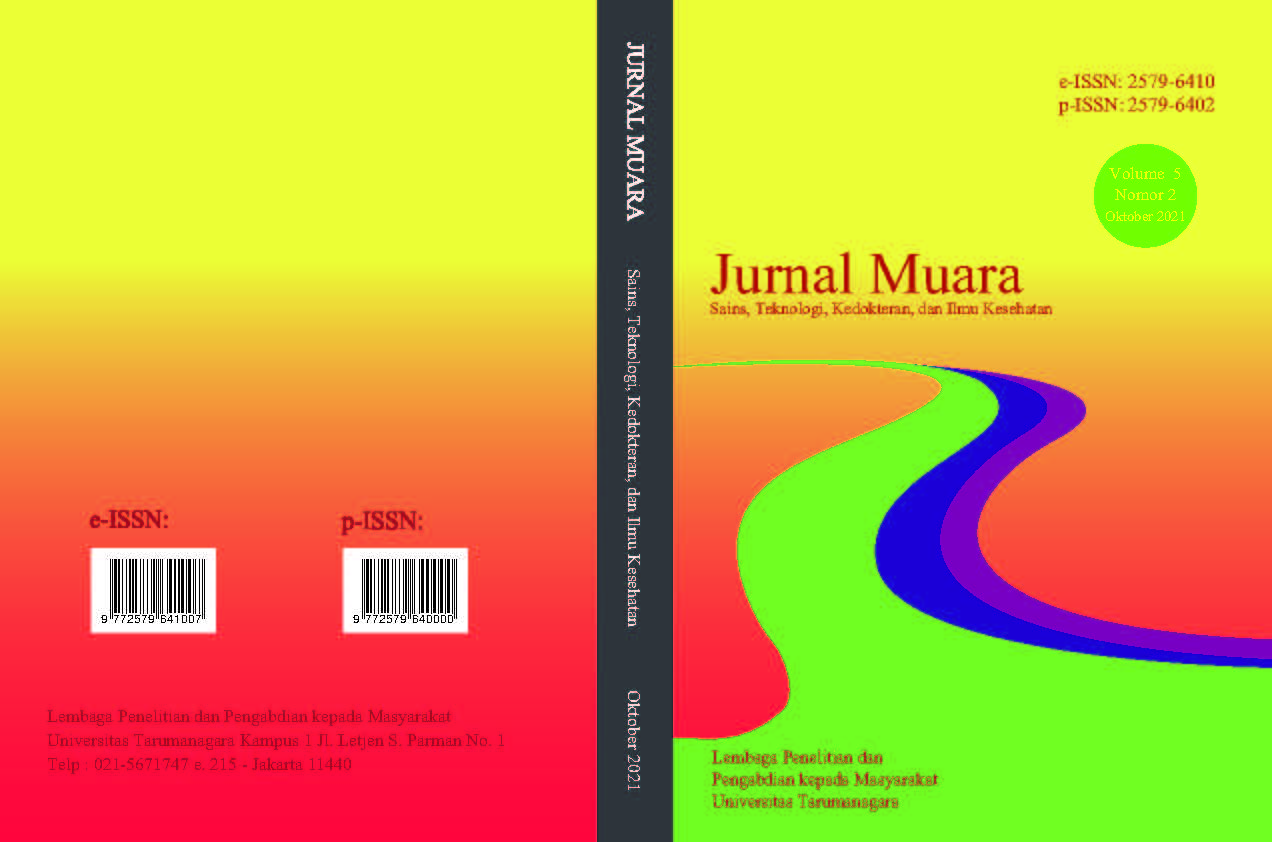ANALISIS DAMPAK PEMBUKAAN GALIAN UNTUK CONNECTING BASEMENT TERHADAP BANGUNAN EKSISTING DENGAN METODE FINITE ELEMENT
Main Article Content
Abstract
In a deep excavation construction that adjacent to the existing buildings there is a concern that it will have a bad impact or effect on adjacent buildings. The effect of deep excavation induced deformation of the existing structures due to ground movements and ground surface settlement behind the wall which can cause a tilt of the building. The objective of this study is to observe the effect of deep excavation (7 storey basement) adjacent to the existing buildings with 7 and 5 storey basement located in South Jakarta. The basement is connected to the basement of the existing building so that the effect of diaphragm wall opening for connecting basement towards the substructures of the existing building is observed. This study was conducted by observing the deformation that occurs in the diaphragm of the existing building, and also observing the internal forces acting on the basement floors slabs of the existing buildings. Observations were made using a three-dimensional finite element program with the most commonly used material model for analysis of deep excavation, The Hardening Soil Model. The analysis was performed with drained conditions with phreatic calculation type and only calculated the static conditions. Results indicate that the deflection that occurs after the final stage of excavation is still within the allowable limit according to the SNI 8460:2017, which is less than 14 centimeters on the diaphragm wall of the existing buildings.
Keywords: Deep Excavation; Connecting Basement; Diaphragm Wall; Hardening Soil; Finite Element
Abstrak
Pada suatu konstruksi galian dalam yang berdekatan dengan suatu bangunan lain dikhawatirkan akan memberikan dampak atau efek yang buruk terhadap bangunan di sekitarnya. Efek dari galian dalam tersebut menyebabkan terjadinya deformasi pada struktur dari bangunan di sekitarnya akibat dari pergerakan tanah dan penurunan permukaan tanah di belakang dinding yang dapat menyebabkan bangunan tersebut menjadi miring. Tujuan dari penelitian ini yaitu untuk mengamati pengaruh pekerjaan galian dalam (basement dengan 7 lantai) yang berdekatan dengan bangunan sekitar dengan basement 5 lantai dan 7 lantai yang berlokasi di Jakarta Selatan. Basement yang dimodelkan terkoneksi dengan basement dari bangunan eksisting sehingga diamati pengaruh bukaan dinding diafragma untuk connecting basement terhadap struktur bawah bangunan eksisting. Penelitian ini dilakukan dengan melihat deformasi yang terjadi pada dinding diafragma dari bangunan eksisting, dan juga mengamati gaya-gaya dalam yang bekerja pada pelat lantai basement dari bangunan eksisting. Pengamatan dilakukan dengan menggunakan program elemen hingga tiga dimensi dengan model material yang paling umum digunakan yaitu Hardening Soil untuk analisis galian dalam. Analisis dilakukan dengan kondisi drained dengan tipe kalkulasi phreatic serta hanya memperhitungkan keadaan static. Hasil menunjukkan bahwa defleksi yang terjadi setelah tahapan terakhir pekerjaan galian dalam yaitu masih dalam batas yang diijinkan menurut SNI 8460:2017 yaitu dibawah dari 14 cm pada dinding diafragma bangunan eksisting.
Article Details
This work is licensed under a Jurnal Muara Sains, Teknologi, Kedokteran dan Ilmu Kesehatan Creative Commons Attribution-ShareAlike 4.0 International License.
Authors transfer copyright or assign exclusive rights to the publisher (including commercial rights)
References
Brinkgreeve, R., & Shen, R. (2011). Structural Elements and Modelling Excavation in Plaxis. Power Point Presentation Files. Delf, Netherlands.
BSN. (2017). SNI 8460:2017: Persyaratan Perancangan Geoteknik.
Calvello, M., & Finno, R. (2004). Selecting Parameters to Optimize in Model Calibration by Inverse Analysis. Computer and Geotechnics, 31, 410-424.
Dinakar, K., & Prasad, S. (2013). Effect of Deep Excavation on Adjacent Buildings by Diaphragm Wall Technique Using PLAXIS. Journal of Mechanical and Civil Engineering (IOSR-JMCE), 26-32.
Gaba, A. R., Simpson, B., Powrie, W., & Beadman, D. R. (2002). Embedded retaining walls: guidance for economic design.
Kung, G. T., Hsiao, E. C., Schuster, M., & Juang, C. H. (2007). A neural network approach to estimating deflection of diaphragm walls caused by excavation in clays. Computers and Geotechnics Science Direct, 34, 385-396. doi:https://doi.org/10.1016/j.compgeo.2007.05.007
Lim, A., Ou, C. Y., & Hsieh, P. G. (2010, April). Evaluation of Clay Constituive Models for Analysis of Deep Excavation Under Undrained Conditions. Journal of GeoEngineering, 5(1), 9-20.
Ou, C. Y. (2006). Deep Excavation Theory and Practice. Taylor & Francis Group.
Ou, C. Y. (2016, April). Finite Element Analysis of Deep Excavation Problems. Journal of GeoEngineering, 11(1), 1-12.
Terzaghi, K. (1943). Theoritical Soil Mechanics. New York: John Wiley & Sons Inc.



